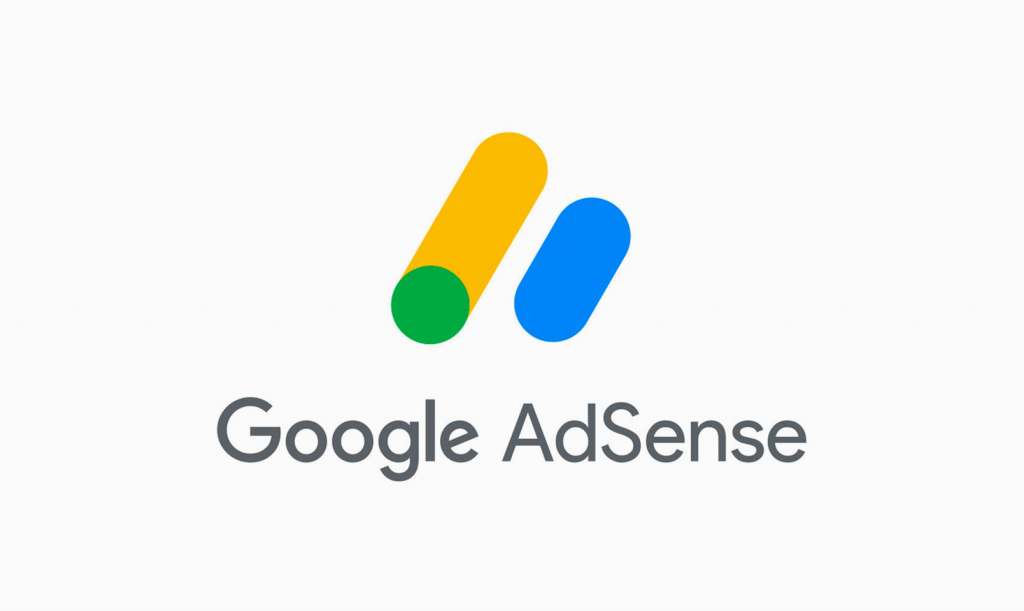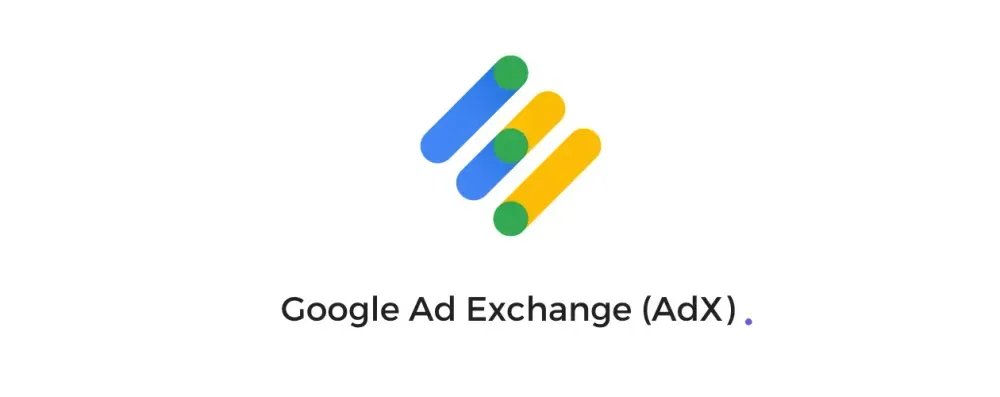We’ve been in the trenches of digital marketing and content monetization for over a decade now, helping sites from scrappy startups to enterprise-level beasts turn traffic into real revenue. If you’re staring at your analytics dashboard wondering whether to stick with AdSense’s simplicity or level up to AdX’s premium punch, you’re in the right place. In this guide, we’ll dive deep into Google AdSense and AdX, comparing them head-to-head with fresh 2025 insights to help you decide what’s best for your site. Whether you’re informational-curious about how they work, transactionally ready to set up, or navigationally plotting a switch, we’ve pulled from top resources and our own battle-tested strategies to give you actionable, no-fluff advice. Let’s maximize those earnings—shall we?
Contents
What is Google AdSense?
Google AdSense is the go-to ad network that’s been powering website monetization since its launch in 2003, making it a staple for publishers worldwide. It’s essentially Google’s automated system that matches relevant ads to your content and audience, letting you earn from clicks (CPC) or impressions (CPM). With a straightforward setup, it’s ideal for small to medium publishers who might have modest traffic—think bloggers or niche sites starting out. AdSense handles the heavy lifting: from ad auctions to placements, all while sharing 68% of the revenue with you. But here’s the real talk: while it’s beginner-friendly, it lacks the granular control that bigger players crave, often leading to lower CPMs in competitive niches.
Key strengths include its low barrier to entry—no massive traffic required—and seamless integration with most CMS like WordPress. On the flip side, limited customization can cap your potential as your site scales.

Key Features and Benefits of AdSense
AdSense packs a punch with features designed for ease and accessibility. Here’s a quick breakdown:
| Feature | Benefits | Limitations |
|---|---|---|
| Automatic Ad Matching | Tailors ads to your content and user interests for higher relevance and clicks—boosting engagement without manual tweaks. | Less control over specific advertisers, potentially leading to mismatched ads. |
| Low Entry Barriers | Quick approval (often within days) for sites with compliant content; no minimum traffic threshold. | Requires age 18+ and a policy-adherent site—skipping this can lead to rejections. |
| Diverse Ad Formats | Supports text, display, in-article, and video ads across desktop/mobile. | Fewer premium video options compared to advanced platforms. |
| Global Advertiser Access | Tap into Google’s vast pool for steady demand, even in low-traffic scenarios. | Lower in non-US geos. |
| User-Friendly Dashboard | Real-time reporting on earnings, performance, and optimizations. | Basic analytics; lacks deep RTB insights. |
Pros for starters: It’s plug-and-play, with quick payouts via EFT (Electronic Funds Transfer) or check.
Cons? Scaling publishers often hit a revenue ceiling without extras like header bidding. To get started right, use this eligibility checklist:
- Confirm you’re 18+ and own a compliant site (no adult/malware content).
- Ensure steady, organic traffic (aim for 100+ daily uniques).
- Review Google’s policies for ad placement dos and don’ts.
This setup keeps things simple, letting you focus on content while ads hum in the background—trust us, that’s gold for early growth.
How AdSense Works: Step-by-Step Process
Ever wondered how those ads magically appear and pay out? AdSense runs on a real-time auction system, but it’s all automated for you. Here’s the flow in numbered steps:
- Content Upload & Ad Code Placement: Embed AdSense code on your site—ads auto-generate based on page context.
- User Visit & Ad Request: When a visitor loads your page, AdSense pings Google’s network for matching ads.
- Auction & Bidding: Advertisers bid via CPC/CPM; the highest (relevant) wins. Note the 2025 shift toward CPM dominance for better stability (Adsense policy change log).
- Ad Serving & Interaction: The ad displays; earn on clicks or views.
- Reporting & Payout: Track in your dashboard; Google pays out monthly once you hit $100.
For context, imagine a lifestyle blog: A post on “summer workouts” pulls fitness gear ads, netting $7–8 RPM on good days. Common myth busted: It’s not just CPC anymore—CPM’s rise in 2025 means impressions count big, especially post-privacy updates. This process ensures smooth flow from creation to cash, but always test placements to avoid UX hits.
What is Google AdX?
Google AdX, short for Ad Exchange (now deeply integrated with Google Ad Manager since the 2008 DoubleClick acquisition), is the premium arm of Google’s ad ecosystem. It’s a real-time bidding (RTB) marketplace where high-volume publishers auction inventory to top-tier buyers like brands and agencies. Targeted at sites with 5M+ monthly pageviews, AdX unlocks private deals and preferred auctions for 20–50% higher yields than basic networks. If AdSense is your reliable side hustle, AdX is the enterprise upgrade like news giants or e-comm hubs.
From our experience optimizing for clients, AdX’s power lies in its control: set floor prices, curate buyers, and integrate with SSPs. But it’s not for everyone—eligibility demands scale and tech savvy, with core requirements like high-quality content and robust infrastructure as of 2025. Weaknesses? The invite-only access and setup complexity can intimidate mid-tier pubs.

Key Features and Benefits of AdX
AdX elevates monetization with pro-level tools. Check this pros/cons table:
| Pros | Cons |
| Higher Revenue: The real-time bidding process creates intense competition, allowing publishers to sell ad inventory at higher prices and maximize revenue. | Complexity and Technical Skill: AdX is a complex platform that requires advanced knowledge and continuous management to optimize for maximum revenue. |
| Access to High-Quality Advertisers: AdX attracts premium advertisers due to its strict entry requirements, leading to more valuable ad impressions. | Management Overhead: It requires significant time and expertise to set up, manage, and optimize the account and ad inventory effectively. |
| Increased Competition: A broader network of demand sources and advertisers leads to more competition, which drives up bids and overall revenue. | Fees and Costs: While it offers high potential, there are fees for using the platform, and some DSPs may mark up costs, which can impact net revenue. |
| Efficient Inventory Management: Publishers can efficiently manage their ad inventory using Supply-Side Platforms (SSPs), improving performance. | Dependency on Google: Publishers are responsible for adhering to Google’s policies and regulations, and rely on Google’s ecosystem. |
| Greater Control: Publishers have more control over ad placement and can set minimum prices to prevent inventory from being sold too cheaply. | Limited Transparency (for Publishers): There can be limited transparency into the specific buyers and bidding data within the Ad Exchange, as mentioned in some analyses of ad exchanges. |
| Real-Time Reporting: Ad exchanges provide immediate feedback on ad performance, allowing for quick adjustments and informed decisions. | |
| Fraud Prevention: Ad exchanges offer robust fraud prevention tools to protect the integrity of ad spaces and improve user experience. |
Pros for scale: Higher revenue shares (up to 90% on direct deals) and ad quality screening for brand-safe experiences.
Cons: Needs technical chops and partners for full access. For large pubs, it’s a revenue rocket; add this checklist:
- High threshold pageviews/month.
- Ensure brand-safe content (no non-compliant themes).
- Prep Ad Manager setup.
This depth makes AdX a powerhouse for those ready to invest.
How AdX Works: Real-Time Bidding Explained
AdX thrives on RTB’s speed—here’s the step-by-step, with a simple auction diagram in mind (bidder with highest relevant offer wins):
- Inventory Impression: Your page loads; AdX tags send bid requests to partners.
- Auction Launch: DSPs bid in milliseconds via open, private, or preferred formats.
- Winner Selection: Highest bid above floor wins; factors in viewability and targeting.
- Ad Delivery & Tracking: Ad serves; track via Ad Manager for unified insights.
- Settlement: Revenue splits post-auction, with tools for optimization.
AdSense & AdX: Key Differences and Comparison
At their core, AdSense is the accessible entry point, while AdX is the VIP lounge. Here’s a side-by-side table synthesizing 2025 realities:
| Criteria | AdSense | AdX | Recommendation |
|---|---|---|---|
| Revenue Model | CPC/CPM (68% share) | RTB/Private Deals | AdX for high-traffic; AdSense for starters. |
| Eligibility | Low traffic, compliant site | 5M+ pageviews, tech setup | Scale to AdX at 1M+ views. |
| Control Level | Automated, basic customization | Full (floors, deals, integrations) | AdX if you want premium curation. |
| Ease of Use | Plug-and-play dashboard | Requires Ad Manager/partner | AdSense for quick wins. |
| Ad Formats | Text/display/video basics | Advanced video, native, CTV | AdX for diverse inventory. |
| Payment | Monthly at $100 threshold | Flexible via Ad Manager | Both reliable, but AdX faster for pros. |
AdX pulls ahead in revenue for scaled ops, but AdSense wins on simplicity, AdX’s screening ensures quality but demands more. Gaps in older guides? We’ve added 2025 CPM ranges to quantify.
How to access to Google Ad Exchange as small publishers?
Although Google AdX is designed for large enterprises with 5M+ page views monthly, there are a few ways small publishers can still get access to AdX:
Join an Ad Network with AdX Access
Some ad networks provide AdX access to their publishers. These networks aggregate inventory from multiple publishers, allowing smaller sites to benefit from AdX. For example, PubPower have access to MCM (Multiple Customer Management) program which can offer AdX and other Google products to smaller publishers. This allows smaller publishers to benefit from premium ad inventory and advanced features without needing to meet the high eligibility requirements for direct access.
This blog will guide you to get access to PubPower’s MCM
Work with a Google Certified Publishing Partner (GCPP)
Google Certified Publishing Partners are agencies and platforms approved by Google to provide AdX access to publishers who might not meet the direct requirements. These partners aggregate smaller publishers into a network, allowing them to benefit from AdX inventory. Learn how to choose the right GCPP for your business -> Read here
Conclusion
Google AdSense and Google Ad Exchange serve distinct purposes within the vast landscape of online advertising. AdSense is accessible and user-friendly, making it an ideal choice for smaller publishers. In contrast, AdX caters to larger publishers seeking advanced programmatic capabilities and greater control over their ad inventory. Understanding the differences between these two platforms is essential for publishers and advertisers alike, enabling them to make informed decisions aligned with their specific needs and goals in the digital advertising space.
PubPower header bidding offer publishers most powerful tools to monetize their websites and control ads. We are partner to Google AdSense and Google AdX, therefore, publishers can access to these platforms when using our services. Sign up and get your websites monitized today!



